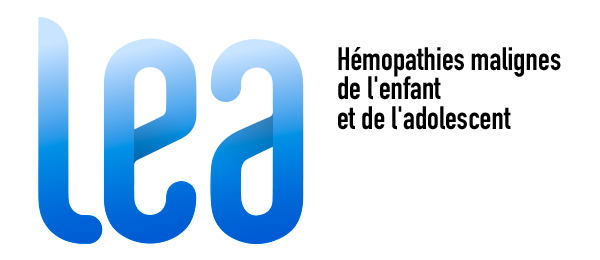Marion Le Meignen, Pascal Auquier, Vincent Barlogis, Nicolas Sirvent, Audrey Contet, Marie-Claude Simeoni, Claire Galambrun, Marilyne Poirée, Pascal Chastagner, Barbara Play, Virginie Villes, Julie Berbis, Hervé Chambost, Pierre Bordigoni and Gérard Michel.
Blood. 2011 Aug 11;118(6):1481-9.
https://pubmed.ncbi.nlm.nih.gov/21596857/
Femoral and lumbar bone mineral densities (BMDs) were measured in 159 adults enrolled in the Leucémies de l’Enfant et de l’Adolescent program, a French prospective multicentric cohort of childhood leukemia survivors. BMDs were expressed as Z-scores, and multivariate linear regression analyses were used to construct association models with potential risk factors. Mean age at evaluation and follow-up was 23 and 14.7 years, respectively. In the whole cohort, mean femoral Z-score was -0.19 ± 0.08. Two factors were associated with lower femoral BMD transplantation (-0.49 ± 0.15 vs -0.04 ± 0.10 in the chemotherapy group; P = .006) and female sex (-0.34 ± 0.10 vs -0.03 ± 0.13; P = .03). Among patients who received a transplant, the only significant risk factor was hypogonadism (-0.88 ± 0.16 vs -0.10 ± 0.23; P = .04). A slight reduction in lumbar BMD (mean Z-score, -0.37 ± 0.08) was detected in the whole cohort without difference between the transplantation and chemotherapy groups. Among patients who received a transplant, younger age at transplantation was correlated with a low lumbar BMD (P = .03). We conclude that adults who had received only chemotherapy for childhood leukemia have a slight reduction in their lumbar BMD and a normal femoral BMD. Patients who received a transplant with gonadal deficiency have a reduced femoral BMD which might increase the fracture risk later in life.

